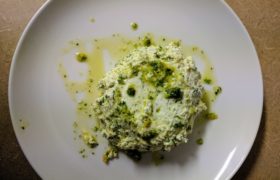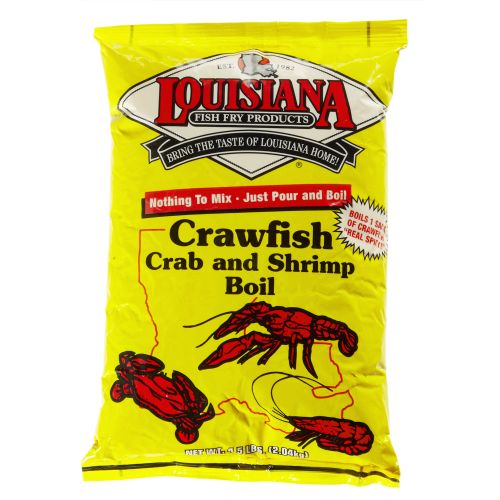I have been participating in The Food in Jars Mastery Challenge and in February the goal was salt preserving. I made preserved lemons, which I had never even eaten before much less made. Making food you’ve never tried before is a bit scary. How do you know if you’ve done it correctly? Is this what it’s supposed to taste like? Have I actually made preserved lemon and not some other dish completely?
I still don’t know the answer to that question, honestly. I have, however, finally used my preserved lemons for something. I made a labneh based on this Bon Appetite recipe. The original recipe has more ingredients that I wanted, because I wanted the lemon to really shine through. It also involves taking labneh and adding liquid to it, which makes it more the consistency of Greek yogurt. As far as I can tell, the difference between yogurt, Greek yogurt, and labneh is water content, with plain yogurt being the wettest and labneh being the driest and most dense. Rather than add as much liquid back in, I made mine more cheese-like in texture. You can see how smooth the Bon Appetite one is compared to mine, but mine spreads much better on a cracker.
I used store-bought Greek yogurt and strained it for two days. To get the original Bon Appetit texture, you can probably strain it for as little as two hours. My yogurt was nothing fancy–just basic store brand, but everyone I served this too assumed it was a gourmet cheese. It’s that delicious, and easy to boot!
Labneh with Preserved Lemons
- 1 1/3rd cup full-fat Greek yogurt
- 1/2 cup mint leaves
- 2 tbsp preserved lemon peel
- 1/2 cup olive oil
- salt and pepper
Place a strainer or colander over a bowl and line with cheesecloth or a clean kitchen towel. Place yogurt inside and cover. Let sit in the refrigerator for 1 to 2 days.
Blend the mint, lemon peel, and 1/3rd cup of olive oil in a blender. I recommend a small processor such as a Magic Bullet because the quantity is so small.
Taste the herbed oil mixture and season with salt and pepper.
Stir the mixture into the labneh. Season with salt to taste.
Drizzle remaining olive oil on top to serve.





 my own crawfish dip to bars and other locations serving crawfish. I bring my own koozie too. That’s how I roll.
my own crawfish dip to bars and other locations serving crawfish. I bring my own koozie too. That’s how I roll.
 That was three weeks ago. On their last week as a food truck, the line wrapped around the entire truck lot. This is a great example of what we call the Franklin Question: does it have a line because it’s popular, or is it popular because it has a line? The answer to that question could determine the future of their restaurant, when they no longer have this level of hype to sustain them.
That was three weeks ago. On their last week as a food truck, the line wrapped around the entire truck lot. This is a great example of what we call the Franklin Question: does it have a line because it’s popular, or is it popular because it has a line? The answer to that question could determine the future of their restaurant, when they no longer have this level of hype to sustain them.




